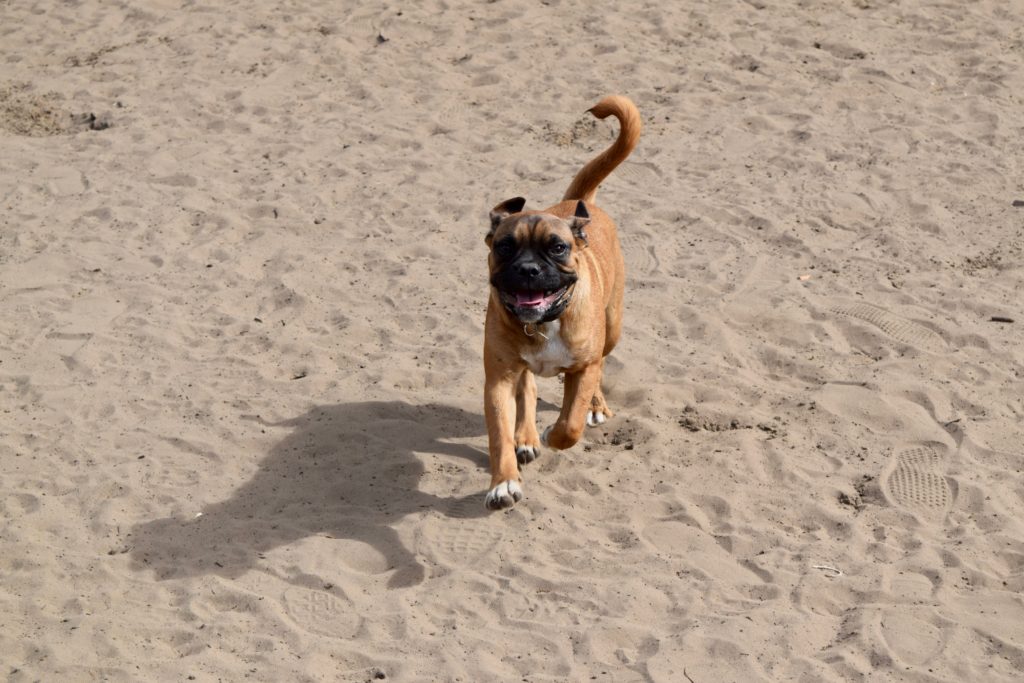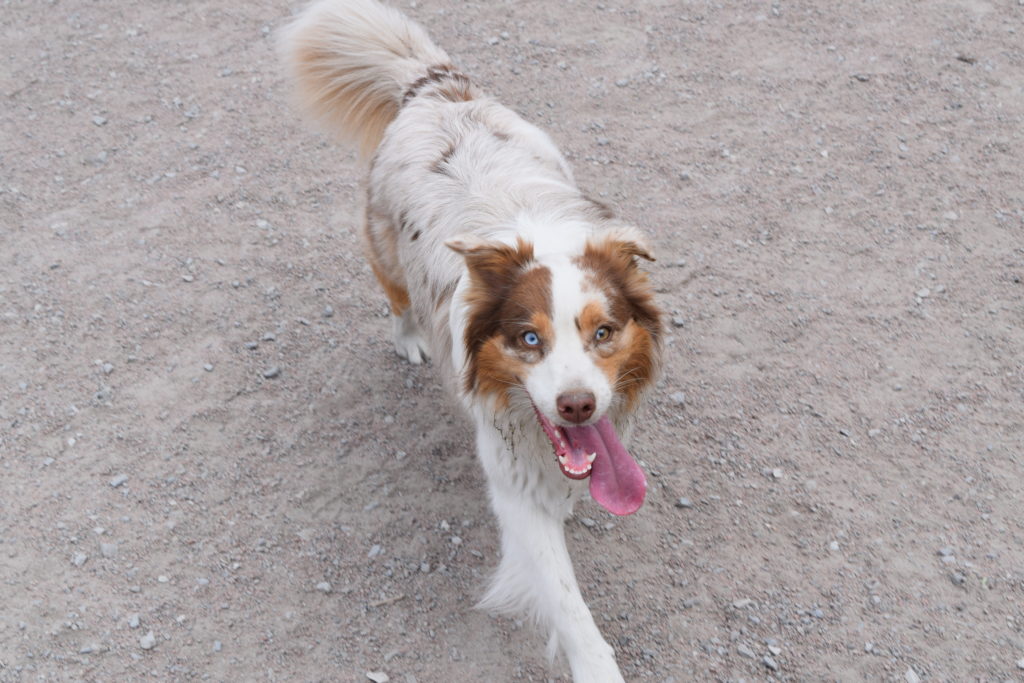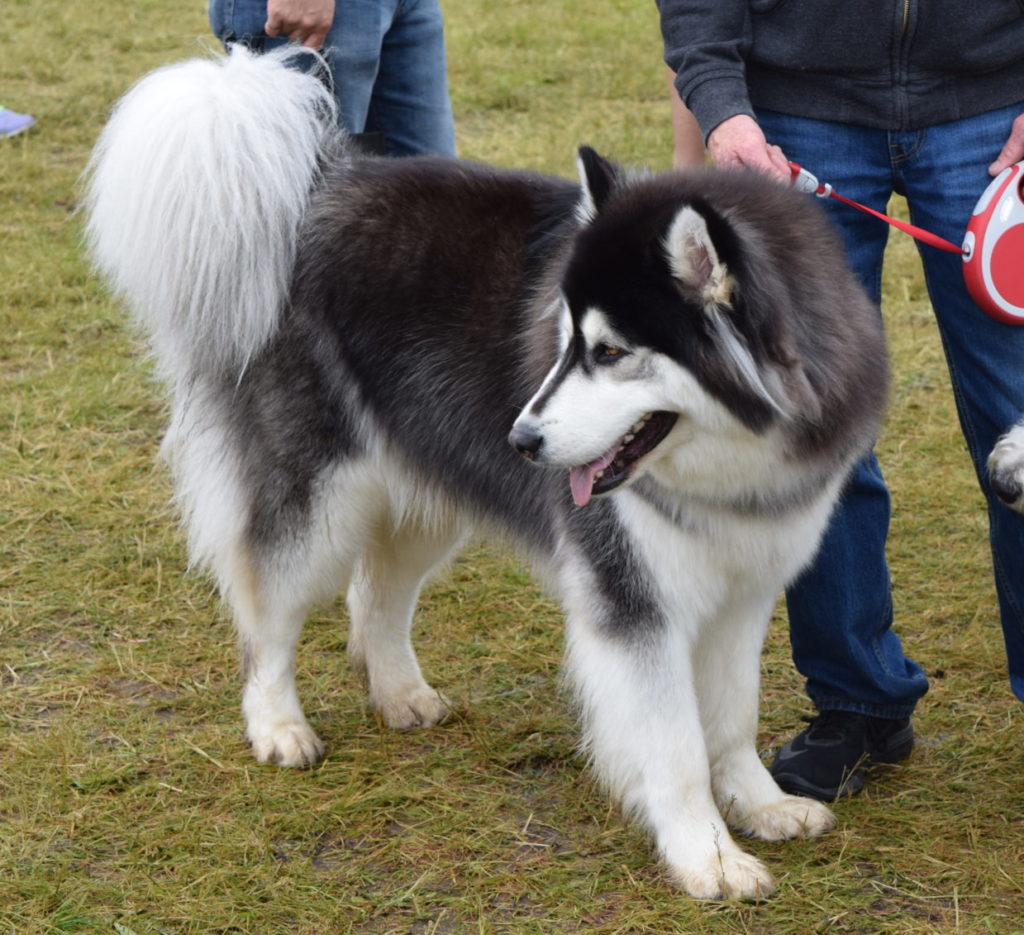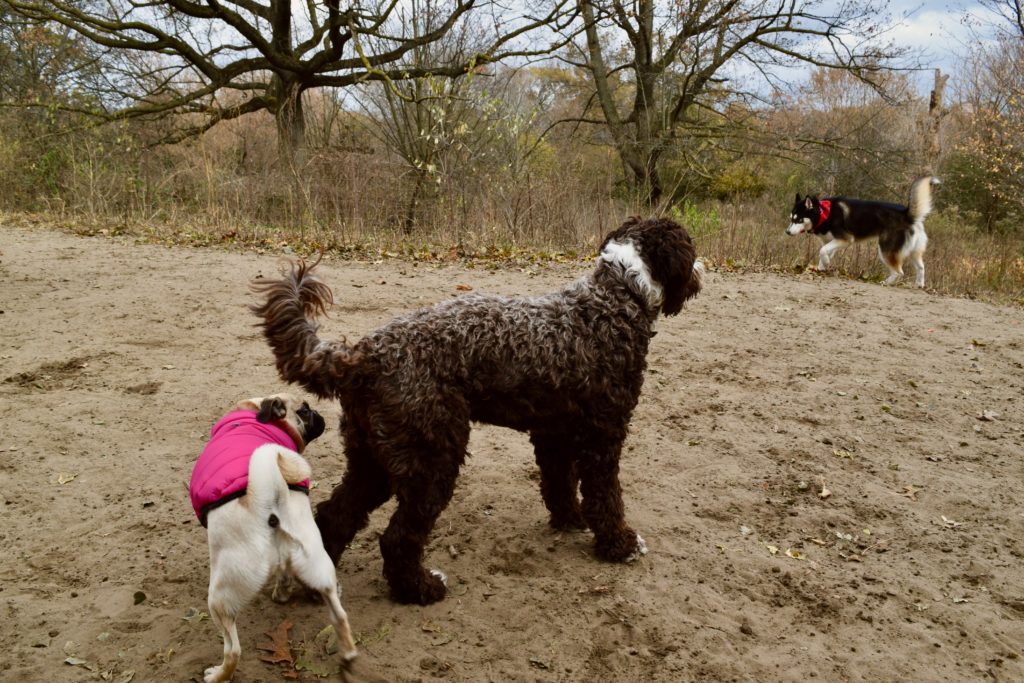Keep your pup clean with the right brushing routine!
Every dog breed’s coat is unique. Just like our own hair types, different coats have unique needs to keep them healthy and clean. No matter what type of coat your dog has, all breeds need a good brushing on a frequent basis. With that in mind, here’s how you can keep your pup clean with the right brushing routine!
For short-coated dogs (Labradors, Weimaraners, Dachshunds, Pugs) :

Short coats require brushing just as often as long-haired coats. While these dogs may not appear to have much fur, I often hear how much they shed around the house. Depending on how much time your dog spends outside, you will likely need to give your dog a good brush once a week. By brushing your dog’s coat often, you keep it clean by removing dirt and dust, and preventing natural oils from building up.
Types of brushes to use:
FURminator and slicker brush
How to brush them:
Start by brushing your dog with the FURminator all over their coat. Brush them until there is little to no hair on the brush after brushing. Run the wire brush along the coat to pick up any loose fur remaining.
For dogs with long coats (Golden Retrievers, Australian Shepherds, Shelties):

Long-coated dogs need a little more attention when it comes to maintenance. With longer hair, it’s not uncommon to find mats in fur, even when you brush your dog often. I often find mats in around Isla’s ears and armpits, which can quickly grow without attention. Areas like these, where your dog scratches more often or where there is more friction, are good places to check frequently. If you have the time, you should ideally brush your dog once a day to maintain a healthy coat.
Types of brushes to use:
Undercoat rake, de-matting rake, comb, FURminator and slicker brush
How to brush them:
Run the undercoat rake along the full coat to pull up most of the loose hairs. Next, brush the areas of friction (mainly armpits, around ears and around where the collar/harness sits) with the de-matting rake. You’ll be surprised how much fur comes out of these spots! Next, run the comb through the longer fur and finish off with the wire brush to pull out the excess fur.
For dogs with thick undercoats (Huskies, Samoyeds, Pomeranians):

Dogs with thick undercoats benefit from frequent brushing as well. These types of coats often undergo a couple of blow-outs a year. When Harley blows out his summer coat to prepare for winter, we brush mountains of fur off of him for a few weeks straight. And I mean mountains! If you don’t brush it out, he finds a way to shed it on all carpeted surfaces of the house. Your best bet with a dog like this is to brush them weekly, and daily during blow-out seasons.
Types of brushes to use:
Undercoat rake, FURminator, de-matting rake and slicker brush
How to brush them:
Start with a good brush using the undercoat rake. Dogs with a thick undercoat often shed most around the sides and back legs. Next, use the de-matting rake around the areas of friction where the collar and harness sits. Finally, run the wire brush through the fur to pull out excess hairs.
For dogs with hair (Poodles, Shitzus, Yorkies):

Dogs with hair have a different consistency in coat than those with fur. Because they don’t shed as much, you don’t need the same tools as for other coat types. Unlike the other dog coat types mentioned, dogs with hair need frequent haircuts to keep their coats healthy. For this reason, you need to make sure to have their coats trimmed every six weeks. In between haircuts, you can keep your dog’s coat maintained by brushing it weekly.
Types of brushes to use:
Slicker brush and comb
How to brush them:
If your dog has mats in their fur, you can get them out using the slicker brush. Otherwise, run a comb through their coat daily to keep the hair from getting matted.
*As a side note on the FURminator, you’ll find that it’s a great tool for most coats. It’s also one that most dog owners invest in. I can tell you that it works really well on Isla and Harley for sure. What it does is pull the loose fur from the undercoat out, but not from the top coat. This is why I suggested using the slicker brush afterwards. The slicker brush pulls top coat fur out for a nice clean touch up on the coat.
You can also keep your dog’s coat clean is by giving them lots of pets and scratches! So, when you’re relaxing after a long day at work, be sure to give your pup their daily pets. Just remember, a good brushing routine is only one part of a proper grooming routine for your dog. To learn more about grooming, check out these general grooming tips and these tips on dental hygiene!
